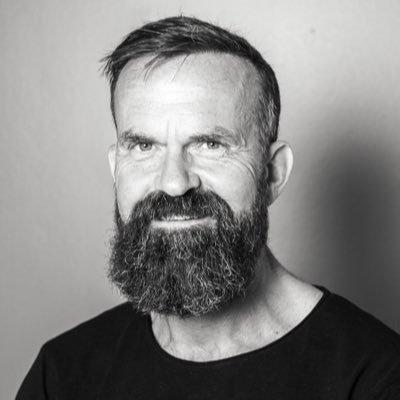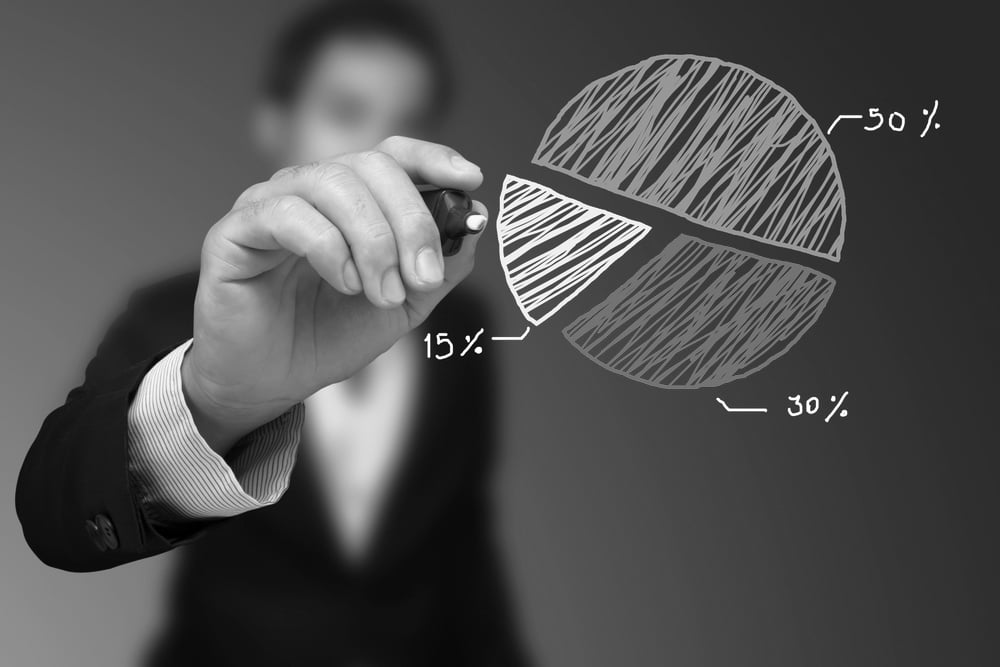What's the difference between service- and product branding?


Polar opposites or identical twins? You might have seen “The Founder”. In this 2016 Hollywood production, Michael Keaton plays Ray Kroc, the man who turned McDonald’s into one of the world’s most recognisable brands. Early in the film, the McDonald brothers show Kroc around their fast-food hamburger restaurant in California.
Without holding anything back they explain their processes, including their commitment to fulfill each order within 30 seconds. They reveal the ingredients to a perfect fast-food meal. Mightily impressed by their catering system Kroc partners up with the brothers and later buys them out.
The name that sounds like America
Towards the end of the film Dick McDonald asks Kroc why, after that initial tour, he didn’t simply steal their ideas and start his own hamburger chain.
In a monologue that should be of interest to all branding and marketing practitioners Keaton says: “Am I the only one who got the kitchen tour? You must have invited lots of people back there… How many of them succeeded? No one ever has, and no one ever will, because they all lack that one thing that makes McDonald’s special… It’s not just the system Dick, it’s the name. That glorious name McDonald’s… It can be anything you want it to be, it’s limitless, it’s wide open. It sounds like America.”
Summing up the emotional resonance of the brand name Keaton (Kroc) then concludes: “McDonald’s, yeah, that’s a beauty… A man named McDonald is never going to get pushed around in life.”
From product to servitisation
This scene got me thinking about the difference between service branding and product branding, particularly as my academic niche is energy branding, the understanding of how energy companies should conduct their branding strategies.
At the moment, the energy sector is undergoing a major transformation known as servitisation. This means that companies are expanding their offerings to include not just the commodity of gas or electricity (generally, a commodity is a product stripped of all its differentiating features), but also services such as home energy management.
Servitisation poses a number of questions to branding practitioners. Chiefly, should you follow the same rules when branding a service company, as when you brand a business that is manufacturing and selling products?
Sketching an answer
In sketching an answer we should revisit the difference between a service and a product. I have also included a discussion on the subject in my latest book “Sustainable Energy Branding” (Routledge, 2023).
Perhaps the most useful paradigm is Lynn Shostack’s spectrum of intangible dominant to tangible dominant. Shostack, a business executive and marketing pundit, believed that almost all industries have an offering that consists of both product (or tangible element), and service (or intangible element).
On the one side of the spectrum, something like a can of food would be a pure product. At the other side, something like investment management is a pure service. Between these two opposite ends sit most other industries with their various offerings.
Another way to understand the differences between product and service is through the categories of intangibility, heterogeneity (variability), perishability of output and simultaneity of production and consumption.
However, these categories have been criticized as too generic and an alternative list of differences has been offered to distinguish goods from services. Some of them are: greater involvement of customers in the production process, absence of inventories, relative importance of the time factor and structure and nature of the distribution channels.
Relevance in practical branding
How do these somewhat abstract considerations translate to practical marketing? According to Kevin Keller’s standard textbook Strategic Brand Management, the challenge in marketing services compared to products, is that services are more intangible and “more likely to vary in quality depending on the particular person or people involved in providing the service.”
Keller says that branding can be particularly important to service firms. Successful branding can address potential intangibility and variability problems. He adds that, “brand symbols may be also especially important as they help to make the abstract nature of services more concrete.”
This is definitely something to think about. Keller concludes that, “Branding a service can also be an effective way to signal to consumers that the firm has designed a particular service offering that is special and deserving of its own name.”
This in my view is a particularly valuable lesson to energy companies developing servitisation. A strong service brand signals that the customer will always be treated with fairness and dignity. Or as Michael Keaton so aptly said: “A man named McDonald is never going to get pushed around in life.”

Fridrik Larsen
Dr. Fridrik Larsen is the inventor of brandr Index, he has a diverse background in business, psychology and economics, both from an academia and his professional life. Fridrik holds a phd in branding and writes about most things relevant to that area. However, he has a specific interest in helping others to leverage the power of branding to increase the bottom line. Therefore a lot of his writing focuses on why we should care about branding and why it should be a strategic concept talked about in boardrooms.





